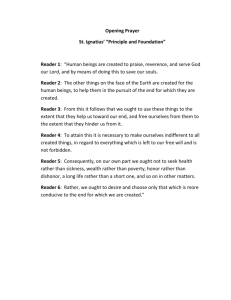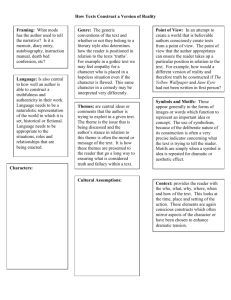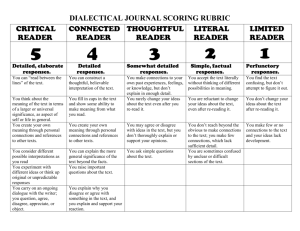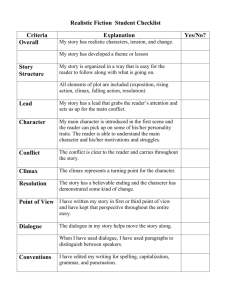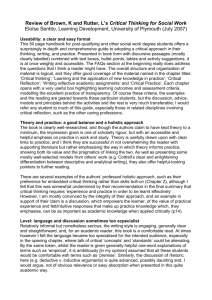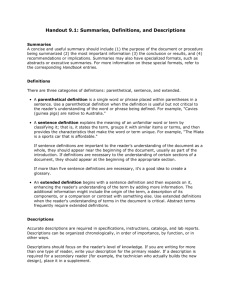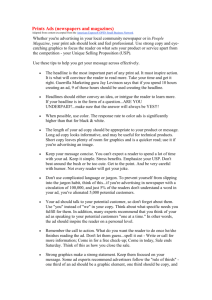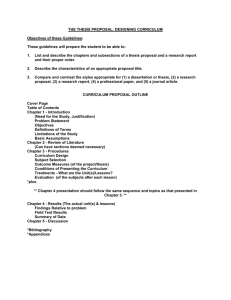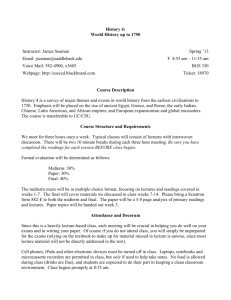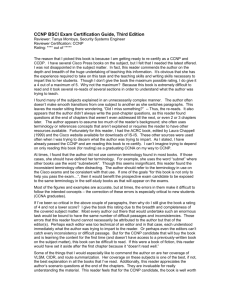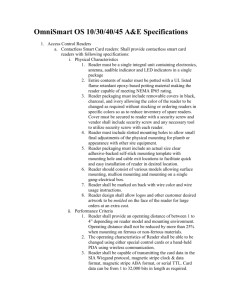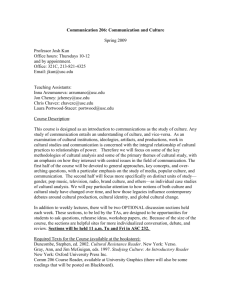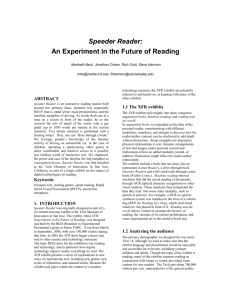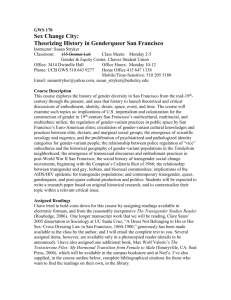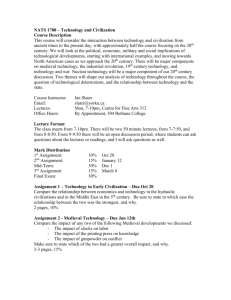Write report findings
advertisement
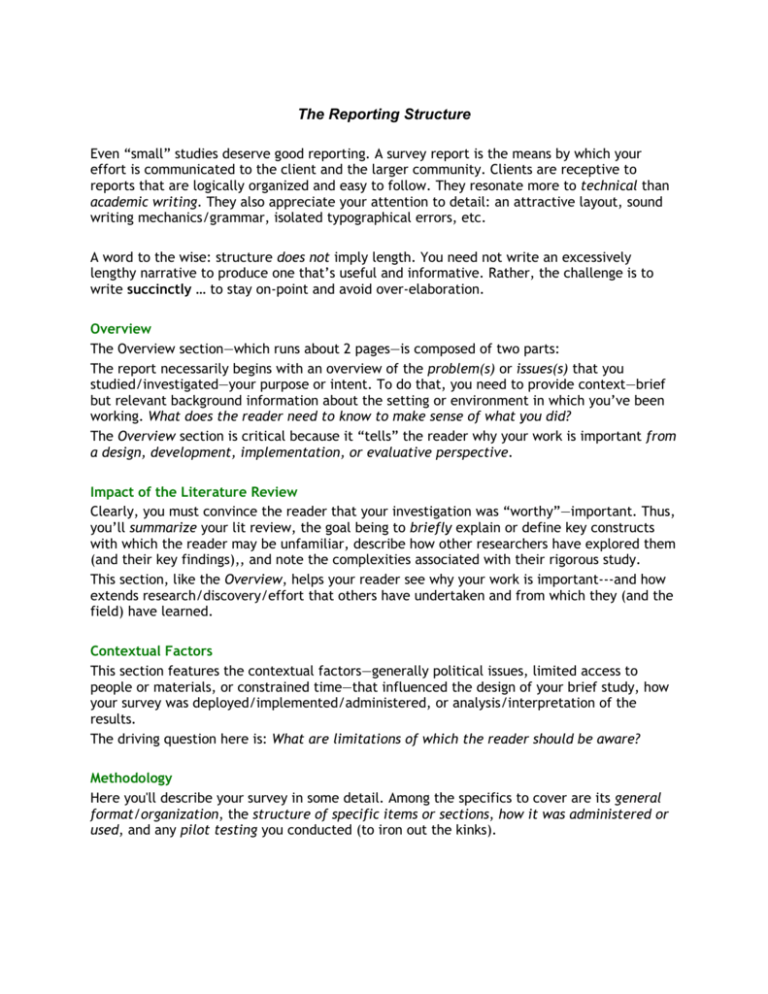
The Reporting Structure Even “small” studies deserve good reporting. A survey report is the means by which your effort is communicated to the client and the larger community. Clients are receptive to reports that are logically organized and easy to follow. They resonate more to technical than academic writing. They also appreciate your attention to detail: an attractive layout, sound writing mechanics/grammar, isolated typographical errors, etc. A word to the wise: structure does not imply length. You need not write an excessively lengthy narrative to produce one that’s useful and informative. Rather, the challenge is to write succinctly … to stay on-point and avoid over-elaboration. Overview The Overview section—which runs about 2 pages—is composed of two parts: The report necessarily begins with an overview of the problem(s) or issues(s) that you studied/investigated—your purpose or intent. To do that, you need to provide context—brief but relevant background information about the setting or environment in which you’ve been working. What does the reader need to know to make sense of what you did? The Overview section is critical because it “tells” the reader why your work is important from a design, development, implementation, or evaluative perspective. Impact of the Literature Review Clearly, you must convince the reader that your investigation was “worthy”—important. Thus, you’ll summarize your lit review, the goal being to briefly explain or define key constructs with which the reader may be unfamiliar, describe how other researchers have explored them (and their key findings),, and note the complexities associated with their rigorous study. This section, like the Overview, helps your reader see why your work is important---and how extends research/discovery/effort that others have undertaken and from which they (and the field) have learned. Contextual Factors This section features the contextual factors—generally political issues, limited access to people or materials, or constrained time—that influenced the design of your brief study, how your survey was deployed/implemented/administered, or analysis/interpretation of the results. The driving question here is: What are limitations of which the reader should be aware? Methodology Here you'll describe your survey in some detail. Among the specifics to cover are its general format/organization, the structure of specific items or sections, how it was administered or used, and any pilot testing you conducted (to iron out the kinks). Findings Even when the report is brief, skilled performance technologists always outline/brainstorm this section before they begin to write. The idea is to present a coherent explanation of the data you’ve collected. There are many ways to organize or structure this section; for our purposes, consider theme or topic. Remember that a Findings section details two distinct processes: analysis and interpretation. You must be able to articulate what you think the results mean. Don’t be disappointed if the data fail to suggest hard-and-fast conclusions. It’s just fine if they point to more issues to explore or specific issues where extended study is warranted. Use tables, charts, and graphs as necessary to clarify the data -- or any complex points you're trying to make. Engage the reader with descriptive language; allow him or her to "see" the importance/value of what you've done. Recommendations You’ve explained what you found or uncovered—but what are the client’s next steps? What’s the course of action? Here’s where you repackage the data, organizing it around a prioritized list of what the client (or doesn’t) need to do. Avoid bring dogmatic; the goal is to engage the client (reader) in the process; if he/she/they don’t feel empowered to act, all your hard work will be for naught. And remember that recommendations tend to be integrative, not linear; changing one aspect of an online tutorial can (and usually does) impact other elements of it. Thus a “laundry list” of things to do is probably not the best (most productive) way to organize this section.






